Start 14-Day Trial Subscription
*No credit card required

Identifying Off-Flavors in Beer
Craft beer offers an extensive range of styles and flavors. The brewing process involves a multitude of complex steps, ingredients and procedures that can result in world-class beers or beers that contain inappropriate notes and off-flavors. Whether a person holds the position of brewer, server, beer judge or simply beer aficionado, knowledge can make beer appreciation more enjoyable and rewarding. Read on for an exploration of nine of the most common fermentation by-products and off-flavors found in modern craft beer.
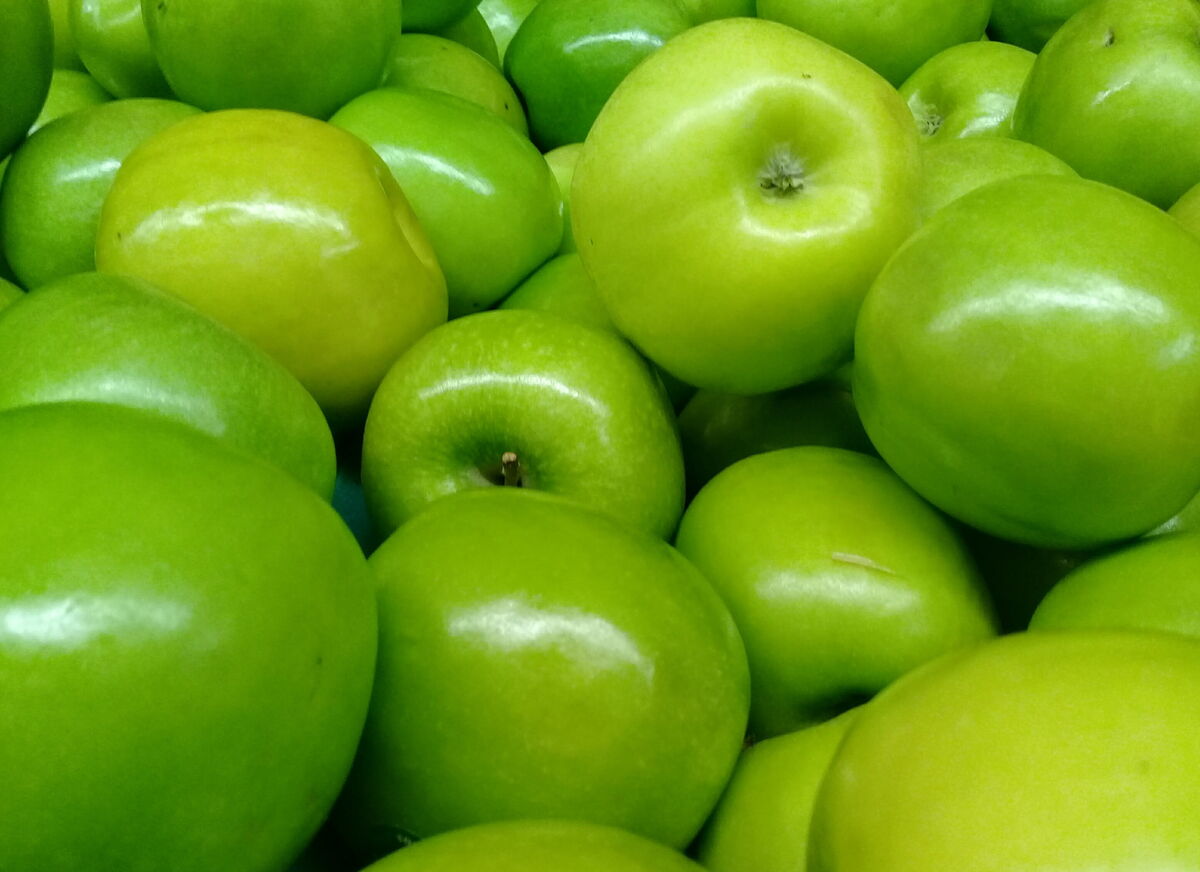
Acetaldehyde
This little-known fermentation off-flavor manifests as a taste and aroma of green apples, freshly cut grass or even latex paint. Yeast cells typically convert acetaldehyde to ethanol during later stages of fermentation, but oxidation of the finished beer can produce additional acetaldehyde. Some wild spoilage bacteria can also create noticeable levels of the chemical in beer. Low levels of acetaldehyde found in certain Belgian and British ales can provide a pleasant nuance and distinctive "house character." Classic examples would include many of the ales produced by Samuel Smith's Brewery in the U.K.
Photo Copyright David Adam Kess/Courtesy of Wikimedia Commons
Acidity
Many modern craft beer fans demonstrate an affinity for acidic beer styles such as Gose, Berliner Weisse and Lambic that have been soured on purpose. On the other hand, no one wants a beer that has "gone bad" accidentally due to the presence of acid-producing spoilage bacteria such as Lactobacillus, Pediococcus or Acetobacter. Lactobacillus bacteria create a crisp, sharp sourness in beer from lactic acid production, and the tartness of natural yogurt also comes from lactic acid. Pediococcus bacteria are capable of generating lactic acid, diacetyl and other off-flavors during fermentation or as a result of an infection in packaged beer. Acetobacter cells generate acetic acid that's quickly recognizable as vinegar. Unless brewers are shooting for a particular sour beer style, these acid compounds form extremely undesirable off-flavors in most classic beers.

Diacetyl
Most craft beer drinkers have run across beers reminiscent of butterscotch. The artificial butter aroma and taste come from a fermentation by-product chemical known as diacetyl. Extremely low levels of diacetyl are acceptable in a few classic styles of ales, and even some lagers such as Pilsner Urquell offer a pleasant diacetyl hint. However, higher levels of this compound are not acceptable in any beer style. Produced during the early stages of fermentation, diacetyl can later be reduced by a process known to brewers as a "diacetyl rest." Raising the temperature of the young beer and its residual yeast to around 68 degrees Fahrenheit at the end of fermentation for a couple of days allows the yeast to absorb and metabolize diacetyl - making for a cleaner finished beer. Oddly, a small percentage of beer tasters cannot perceive diacetyl at any level.
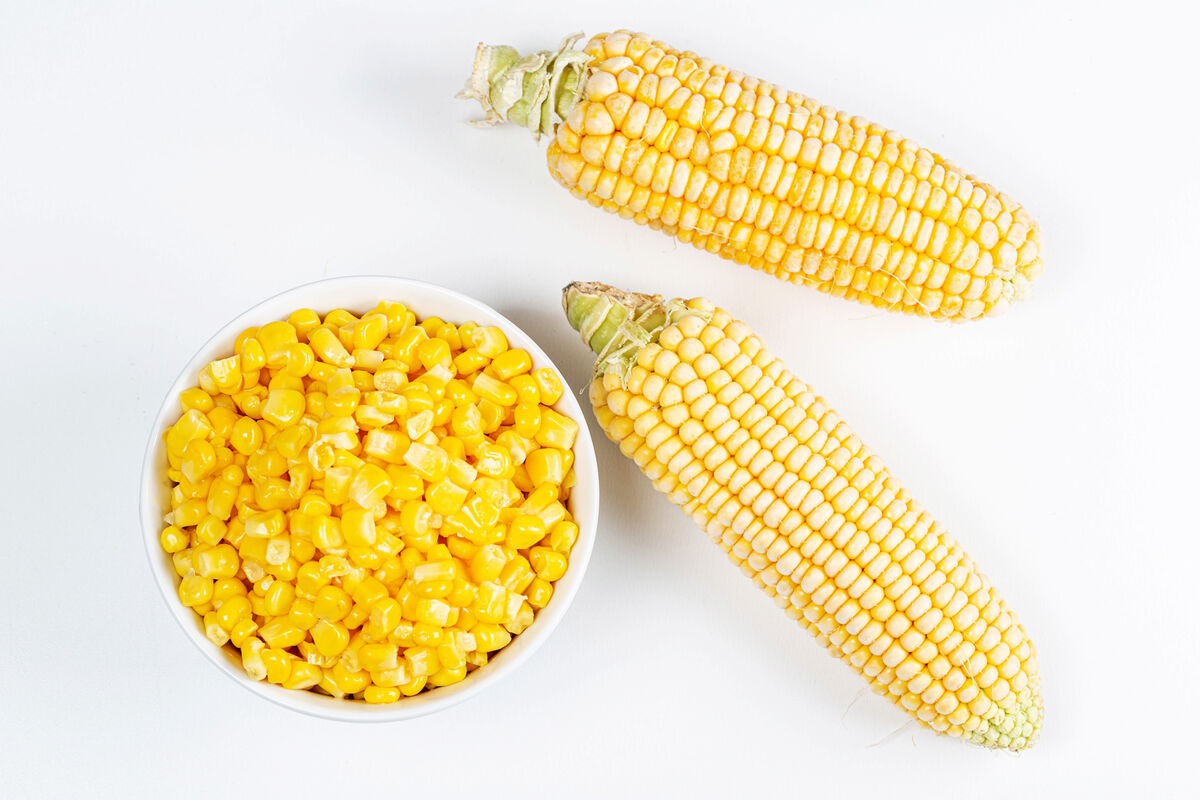
Dimethyl Sulfide (DMS)
Ever taken a sip of a beer and tasted hints of cooked corn, cabbage or celery? Known as DMS, this obnoxious off-flavor usually originates from a weak, unventilated or short boil during the brewing process. Experienced brewers know that a long, ventilated, rolling boil followed by vigorous fermentation will blow off most of the DMS precursor chemical. Rapid cooling of the hot sugar water (wort) produced in the brewing process also seems important in DMS elimination. Normally released from the thermal decomposition of a sulfur-containing amino acid in malt, the DMS precursor chemical can also come from spoilage bacteria and wild yeast infections in young beer.
Photo Copyright Marco Verch Professional Photographer/Courtesy of Flickr
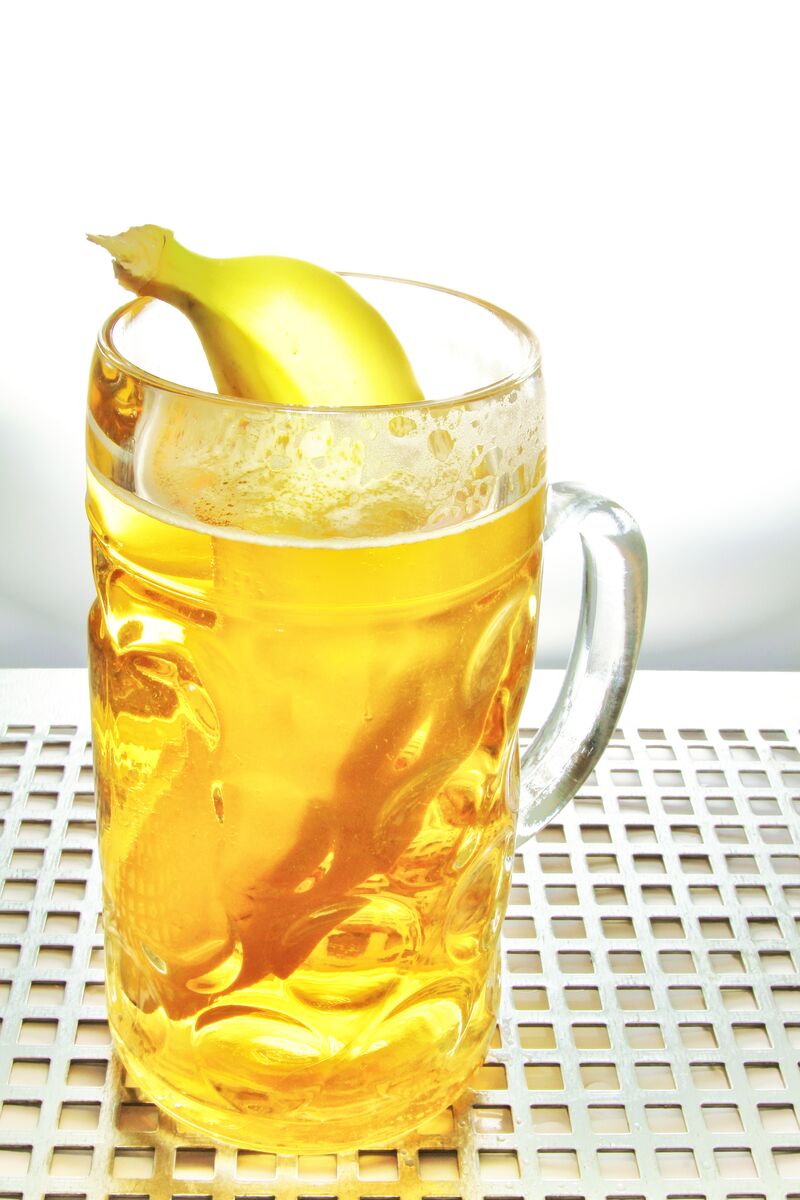
Esters
Esters come across on the nose and palate as various fruit-like essences. These chemical compounds arise from yeast metabolism during fermentation, and the choice of yeast strain and fermentation temperature make a substantial impact on the level of fruity esters in the finished beer. Generally, ale yeasts prefer warmer fermentation temperatures and produce more pronounced fruity esters, while lager yeasts work best in colder conditions and impart minimal esters. However, if fermented too warm, even lager yeast can excrete fruity esters. With ale yeast, even a minor temperature increase from 60 to 68 degrees Fahrenheit can quadruple the level of esters produced.
Fusel Alcohols
When a brewer mentions "higher alcohols" in beer, this is not a reference to a greater volume of alcohol. The brewer means that the beer contains different types of complex alcohol molecules. Fusel alcohols that are metabolized from amino acids make up a common example. Fusel production ramps up as fermentation temperature increases, and many wild yeasts excrete these distinctive alcohols that can be perceived as notes of solvent, diesel fuel or cheap vodka. A few high-gravity Belgian ales and spiritous strong ales may possess acceptable hints of fusel, but, in most cases, this fermentation by-product should be avoided.
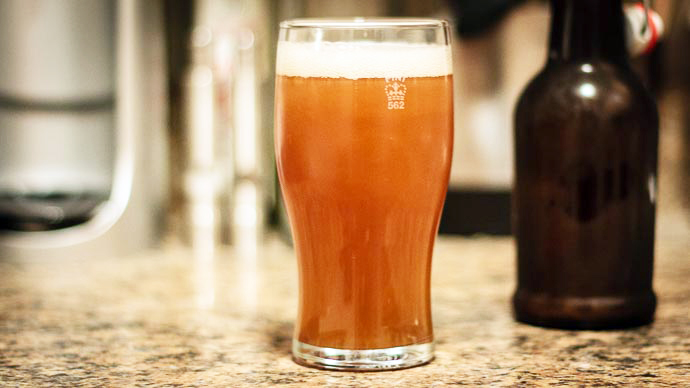
Oxidation
Why does beer lose much of its crispness and appeal after sitting on a shelf for an extended time? Oxygen in the sealed bottle or can reacts with certain compounds in the beer, producing unpleasant oxidation notes that the Beer Judge Certification Program (BJCP) describes as “a combination of stale, winy, cardboard, paper or sherry-like aromas and flavors.” This explains why brewers fret over levels of dissolved oxygen in packaged beer. Oxidation is never appropriate in most beer styles, but cellaring high-gravity, malty beers for a year or more often produces interesting sherry nuances and softer alcohol warmth. Oxidation rates increase dramatically when packaged beer is stored at room temperature, so keep beer refrigerated whenever possible.
Phenols
Often compared with the smell and taste of adhesive bandages, throat spray or smoke from an electrical fire, phenols make up a group of fermentation by-products that can arise from types of bacteria or wild yeast. Phenolic notes might also be extracted from grain husks that have been over-crushed or rinsed in sparge water that's far too hot. Homebrews and other packaged beers that become infected with phenol-producing wild yeast will often experience excessive carbonation. The beer will gush when opened, or bottles might explode during storage at room temperature. BJCP guidelines explain, "Phenolic flavors are generally never desirable, with the exception being the pleasant, clove-like, vanilla-like or slightly smoky flavors and aromas in Bavarian wheat beers and some Belgian ales."
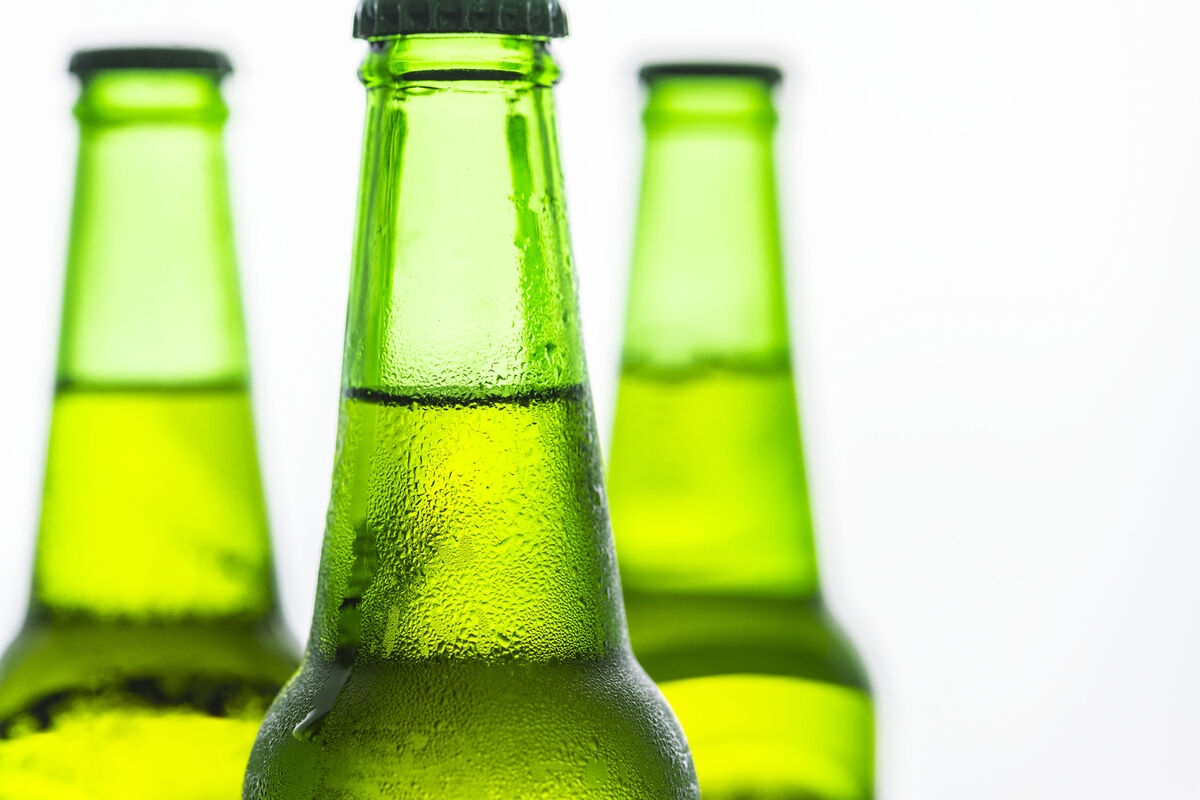
Skunk-Like Notes
Misconceptions exist among beer drinkers regarding the cause of "skunky" beer. Some believe mistakenly that oxidation, stale hops and certain European-style yeast strains produce skunk-like notes, but the actual cause of skunked beer is much simpler. UV light splits isohumulone hop molecules in the beer, creating mercaptan chemicals like those in the scent glands of skunks. Brown glass protects beer from becoming light-struck and skunky, with cans and kegs offering ultimate protection. Clear or green glass bottles often lead to skunky beer, and even a glass of hoppy beer sitting in direct sunlight for just a minute or two will begin to smell like Pepe Le Pew. Skunky notes are never appropriate in any beer style.
Understanding the sources of aroma and flavor nuances found in the impressive array of modern craft beer styles requires awareness of a bit of chemistry and microbiology. Distinguishing an excellent example of a beer style from a flawed one also takes a bit of experience and patience, but the journey usually proves delightful and delicious.




Comments